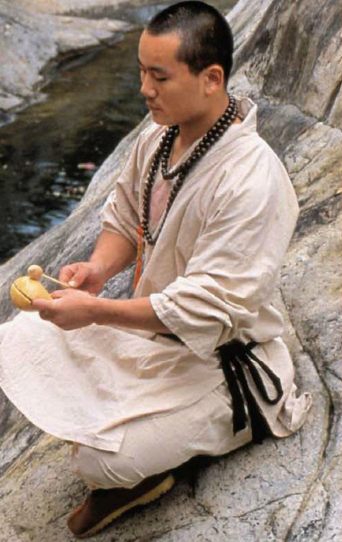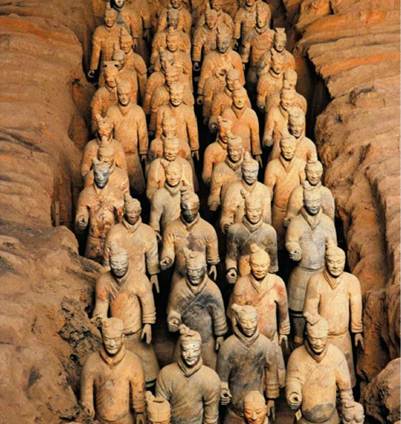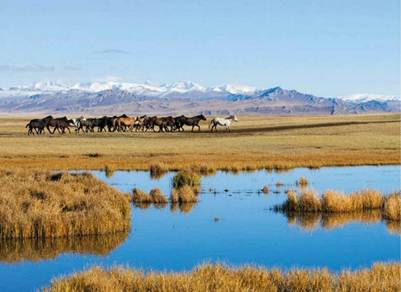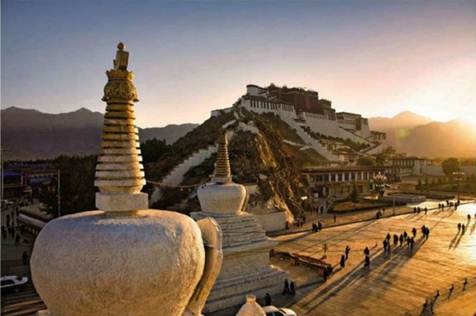The red carpet has been rolled out. Our man
in China, V.Mahesh gives you 15 reasons for visiting the land instantly.
1. Shaolin Monks
The
pagoda renews itself
A very long double-kick, in fact, is from India
to China.
One of China’s most famous artistries – Shaolin
Kung Fu – originated in Indian monks in between the 2th and 5th
centuries: Bada and Bodhidharma. Their contribution became known at Zhongsan,
Honan for the way Kung Fu is practiced nowadays. It represents for a
reinvention of an art associating with Chinese-grown philosophies.
Regarding other aspects, well-known Shaolin
monks are renovating themselves by running the temple as a business. Money from
tourists helps to maintain the temple; monks show marvelous Kung Fu performances
to attract travellers around the world. You can even learn some tricks in Kung
Fu class.
Website: www.shaolin.org.cn/en
Insider’s
advice
Near Louyang, there is a memorial to ancient
civilized connections between India and China: Baimasi (White Horse Temple),
the first Buddhist temple of China, for honoring two India monks who propagated
Buddhism in China. Shaolin Temple and Baimasi are evidences of the fact that cultural
and spiritual effects did climb across Great Wall of China to find audiences
who easily comprehended.

A
Shaolin monk
2. Terracotta army of Qui Shi Huang
The
immortal troops in one of the world’s oldest cities
As a token of pride, the army in Xi’an is unconquerable.
China’s first emperor, Qui Shi Huang, was obviously so obsessed by the
immortality that he deployed his own terracotta army of troops, horses and chariots
to protect him even in afterworld. Apparently, they seem assembled in mass in a
modern Shenzen’s factory but the terracotta troops look differential – none of
them bears similar – and imposing as well.
Xi’an, one of the world’s oldest cities, situated
in the center of Chinese history and geography: here starts the tale of China since
Qui Shi Huang united and standardized Chinese writing and currency. Xi’an also commemorated
the return of Tang Sanzang in 17th century (he obtained some
invaluable memoirs from the ancient university of Nalanda: Buddhist documents
translated from Sanskrit into Chinese by himself and used to spread Buddhism
around China).
Insider’s
advice
The city is also the start of Silk Road, from
which brigades carried silks, teas and gems to Western Caribbean. There is a
prosperous restaurant, Muslim Quarter, near Drum Tower where you can enjoy grilled
lamb kebab. You should watch performances at Drum Tower and nearby Bell Tower. Then
relax at Huaquing hot spring. Climb onto the city wall’s peak in the night. Attend
singing choir. Xi’an is such that place.

Qui
Shi Huang’s terra cotta army
3. Gansu prairie
A hundred-mile grassland
To experience fantastic open spaces (with a
Tibetan unaffected by time), just visit Xiahe, in Kansu province, home of
Labrang Monastery which is one of Tibet’s greatest temples. A recent wave of
suicide committed by monks at Greater Tibetan area (outside Gansu) – with
purpose against China’s suppression – has created a horrible story, yet it gives
enough motives for tourists to visit: who knows how long these peaceful
cultures will last? From Xiahe, distant from 1-day driving, is worth your effort
to have a playtime in the immensity of grass and wild flowers as if you’re just
a Tibetan calf. Old Tibetans, free nomads, have been gathered by a governmental
program to be relocated and work for tourism. However, a chance of interacting
with kindhearted hosts will restore your faith in humanity.
Insider’s
advice
There’s not much visitors in Ganja
grassland but a bit farther, nearly 30km distant from Xiahe, is Upper Sangke
prairie which is nearer and easier to approach.

Gansu
prairie
4. Mogao caves
Ajanta arts in the desert
A few kilometers distant form Dunuang, an
oasis at Kansu, are Magao caves which retain one of the most beautiful
collections of Buddha sculptures – no less significant than Ajanta and Ellora
but much large in scale. The caves have been carved from a cliff for centuries
and they feature the center of study and worship. Most of this art, and even several
painters, came from India so we could see clearly the Indian influence. Only 20
caves are now opened for visit to preserve the culture but they may often be
closed. However, based on any luck and restriction of travelling across desert
to view art under such an ethereal light, it is simply a journey improving your
spirit.

Magao
caves
5. Lhasa
The
capital city of Karma
Passport to Tibet is limited very much (especially
for Indians), according to the security which has been enhanced due to monks’
suicides. But if your karma keeps you safe, a trip to Lhasa is good for your
yin-yang balance. The rest of China may be urgent of going ahead but in the
land of Tibet’s Buddhist center, the wheel of time is marked by slowly circles
of prayers.
There are many way to get to Lhasa, but
travelling by train is the most interesting. The latest railway was inaugurated
in 2006. The service is available in 6 cities (www.chinatibettrain.com). I did
catch a train from Lanzhou (in Kansu), famous for beef noodles, from here I
spent 29 hours travelling and enjoying fascinating sightings.
At Lhasa, dilute air can make you hard to
breathe, though in another perspective, spiritual waves that you are flowing
within can extraordinarily relax your mind. Inside and outside Potala palace,
home of Dalai Lama until he went for India in 1959, shriveled-faced Tibetans are
kneeling in silence to honor their god. In Jokhang, the smell of cow fat, used
in oil lamps, creates a dizzy feeling. Meanwhile, Chinese armed guards are
monitoring closely, seriously touch their new stuff: portable fire extinguisher.
The karma might be very cruel…

Lhasa